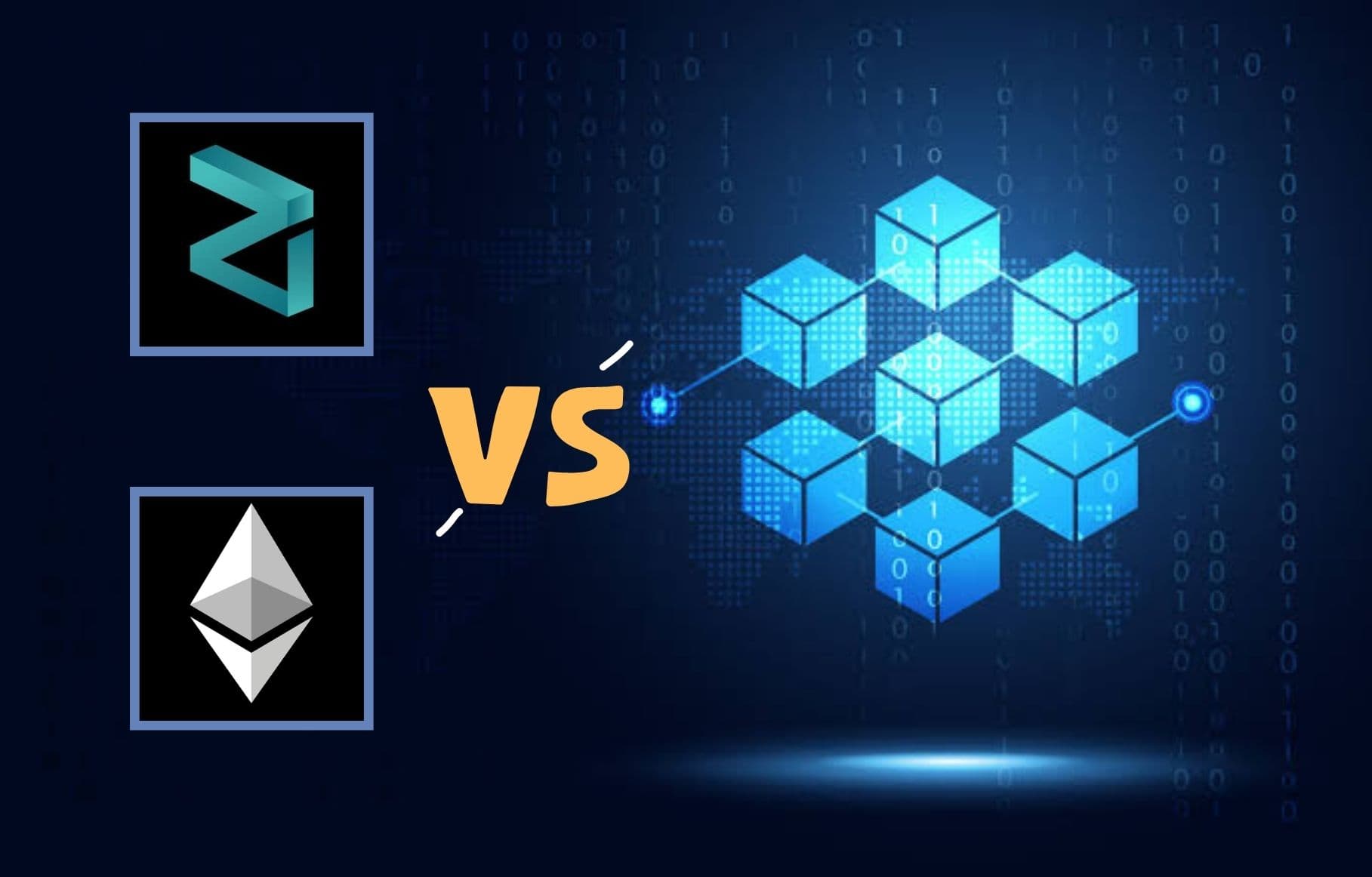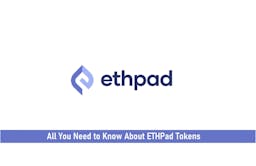
Bitcoin blockchain being the first generation, established the possibility of running a decentralized financial system, but it was only restricted to a store of value.
The aftermath of this saw how Ethereum gained popularity as a second-generation solution, offering a programmable blockchain network with smart contracts and DApps. But just like the predecessor, challenges have also become distinct as the use increases.
The Ethereum community is not blind to the shortcomings of the blockchain, hence effort is being channeled into Ethereum scalability projects, the proposed fix to foreseen shortcomings of the Ethereum blockchain.
Third-generation platforms, such as Cardano, Polkadot, and others, have offered solutions to some of the problems affecting blockchains before them. Before considering Polkadot or Ethereum Blockchain Framework, Zilliqa is one of the newer blockchains trying to solve the issue of scalability.
While Ethereum has some challenges, it still stands as the pioneer and most used chain of smart contracts and DApps.
Is all that worth letting go of the Zilliqa blockchain?
You will be exposed to the cons and pros of each as you read along to see which has a better blockchain.
Key Takeaways
• Zilliqa is the world’s first sharding-based public blockchain.
• The major aim of the Zilliqa blockchain is to create a blockchain that can be leveraged by high-throughput dApps.
• Sharding is one of the multiple scaling solutions that is planned to be implemented on the Ethereum blockchain upgrades. This will reduce overall congestion on any part of the network, and prevent single points of failure.
SEE ALSO: Polkadot or Ethereum Blockchain Framework, Which is Better?
SEE ALSO: Blockchain Forensics – All You Need to Know
SEE ALSO: Blockchain 3.0-All You Need To Know
What is Zilliqa?
Created by Amrit Kumar and Xinshu Don, Zilliqa is a blockchain aimed at increasing user scalability through the application of a shared network. Launched in June 2017 as an ERC-20 token, ZIL, on the Ethereum blockchain, Zilliqa now runs its native mainnet which was launched in 2019.
Attributes of the Zilliqa blockchain Vs. the Ethereum blockchain
The Zilliqa blockchain sets itself apart from the Ethereum blockchain in the following ways.
Scalability
Scalability refers to the ability of a blockchain to adapt to an increase in the network size without a decrease in speed.
| Zilliqa stands out with network sharding. Instead of a single network, the blockchain is split into smaller interconnected sub-networks known as shards. Each shard processes data in parallel with the others. Zilliqa, using sharding technology, can scale linearly. As the blockchain ecosystem gets bigger, more shards are added to meet the demand. | The Ethereum blockchain follows the footsteps of Bitcoin and uses the Nakamoto consensus type. Validating a block requires the involvement of all nodes on the network. Ethereum tends to get slower as the network gets bigger since information now has to be passed by more nodes than before to reach an agreement. |
Programming Language
| Zilliqa blockchain is based on Scilla, which is short for Smart Contract Intermediate-Level Language, a smart contract-focused programming language developed especially for coding the Zilliqa network. It is designed to meet the security demands of dApps and smart contracts and effectively utilize the sharding nature of the network. Smart contracts can easily be verified using mathematical proofs. | Ethereum is based on Solidity, a programming language designed for developing smart contracts that run on Ethereum. While this might be the primary language, the network is not restricted to that alone. It supports Dart, Delphi, .NET, Go, Java, JavaScript, Python, Ruby, and Rust to develop projects on the network. Moreso, unsupported languages can be interfaced with the network using JSON-RPC interface. |
Smart contracts
| Scilla, the scripting language of the Zilliqa blockchain, is non-Turing complete. This means smart contracts on the network are guaranteed to terminate at the end of the run time. The non-Turing complete nature follows the purpose that the blockchain is not designed to be a jack of all trades, but specifically for handling computationally intensive tasks. A similar case is the Bitcoin non-Turing complete blockchain specific for serving as a digital currency. | The Ethereum virtual machine is Turing complete. This means sophisticated logic can be implemented in Ethereum smart contracts. Ethereum blockchain was designed to support smart contracts and it has stood out as the blockchain with the most DApps. This feat of hosting customizable smart DApps is a result of the Turing complete nature of Ethereum smart contracts, giving it the ability to potentially understand and interpret anything. |
Transaction Throughput
The transaction throughput tells how many transactions a blockchain can commit in a said period. It refers to the speed at Network size and not at a node. How fast the nodes can replicate transactions. Consensus type, traffic, block size, and complexity of transactions affect the throughput.
| As of 2019, when the Zilliqa blockchain mainnet was launched, the transaction throughput was capped at around 1,000 transactions per second. | The transaction throughput of the Ethereum blockchain is 30 transactions per second. This can drop to 10 TPS at a minimum, depending on factors in play. |
Network fees
| Zilliqa Improvement Proposal 18, shows the standard network fee on the Zilliqa blockchain is 0.1 ZIL per transaction. At the current price, that should be about $0.05. Before this, the standard network fee was 0.002 ZIL per transaction. The increase was targeted at increasing burn amoun8and curbing inflation. | The Ethereum blockchain is synonymous with high gas fees. Even after the London upgrade, fees could get as high as $100 when there is network congestion. Ethereum fees have been at a low for the past seven months with a current average cost below $10. |
Consensus Mechanism
A blockchain consensus is how the system agrees.
See 8 blockchain consensus mechanisms available.
| Zilliqa uses a Hybrid Consensus Mechanism – Proof of Work (PoW) for establishing node identity, and practical byzantine fault tolerance (pBFT) for consensus within a shard. | Ethereum uses a proof of work (PoW) consensus mechanism. A consensus is reached when 51% of the network nodes agree on the same thing. |
Transaction speed and Finality
| The practical byzantine fault tolerance (pBFT) consensus protocol used by Zilliqa gives finality, thereby eliminating the need for confirmations. This saves time and speeds up transactions. | After a transaction goes through, the Ethereum blockchain requires a set number of confirmations to reach finality before the transaction is completed. PoW systems are prone to temporary fork, hence the requirement for confirmation to cushion against double spend. This can take from a few seconds to minutes. |
Microtransactions and Gaming
GameFi is a new revolution on blockchains that came with the emergence of NFTs. It involves a lot of microtransactions, in-game payments, and rewards in and out of your wallet.
Learn how to connect your Trezor wallet to Ronin wallet and play the Axie Infinity game.
| A decongested and fast network, all thanks to sharding on Zilliqa, keep fees low. In addition to huge value transfers, you can make microtransactions with fees as low as $0.000023 worth of ZIL. | You can spend a fortune on gas fees running microtransactions on the Ethereum blockchain. As more transactions are made on the Ethereum blockchain, the network slows down, and fees and transaction time increase as a result of congestion. |
Disclaimer: Everything written here is done so purely based on research for the query being addressed. This is not in any way financial advice. We will not be held accountable for losses made if you decide to use the information you find here to trade, invest or pursue a project.
Frequently Asked Questions (FAQs)
Q1. How fast are Ethereum transactions?
Considering block time and the time is taken for confirmations, Ethereum transactions can take about 6 minutes. As the network grows, it becomes slower, and likewise transactions.
Q2. Is Zilliqa built on Ethereum?
Zilliqa started on Ethereum as Zilliqa (ZIL) token. This was before its mainnet was launched.
Q3. Does Zilliqa have its own blockchain?
Yes, the Zilliqa blockchain was launched in 2019 and the project was moved from Ethereum.
Final Thoughts
The sharded structure of Zilliqa makes it an ideal blockchain for processing complex computational tasks such as data mining for machine learning (ML) applications and academic research, gaming, etc.
Despite all these, Ethereum still has its specs of being a Turing complete network with an infinite use case. As for which is better, depends on what the project is. Some projects like Ethermon are in pursuit of using both blockchains.
Read More




